It’s a bit of an obscure – some might say obsolete – one this week (although I’ve never let that stop me before). A roorback is a false story published to damage someone politically, usually a candidate trying to get elected – AKA dirty dirty tricks. (It’s also the ninth studio album by Brazilian heavy metal band Sepultura, but that’s not what we’re interested in here.) Roorbacks are a form of black propaganda, which is propaganda intended to create the impression it was written by those it’s discrediting (as opposed to grey propaganda which doesn’t identify its source, and white propaganda which doesn’t care who knows where it came from). But how did political lies get the name ‘roorback’?
In 1844, James K Polk, the 11th president of the United States, was trying to get elected. By all accounts it was a pretty nasty campaign, with both major party candidates throwing a lot of metaphorical mud at each other. One of these is known as the Roorback forgery. In late August an article appeared in an abolitionist newspaper quoting part of a book about the fictional travels through the deep south of one Baron von Roorback, a made-up German nobleman. A newspaper in Ithaca, New York printed this without mentioning it was fiction, and also added a sentence saying that the Baron had seen 40 slaves who’d been branded by Polk with his initials before selling them. (Polk was actually a prolific slave owner – he even replaced White House staff with his own enslaved people because it was cheaper – but there’s no evidence that he branded them. So that’s alright then.) The item was withdrawn by the newspaper when the Democrats challenged it, but not before it’d been widely reprinted elsewhere. Ironically Polk actually benefited from the lie – despite his questionable attitude to people ownership – as it reflected badly on his opponents when it was found out.
Because of this, many later political falsehoods were branded (see what I did there) as ‘roorbacks’. In today’s era of fake news and clickbait, maybe there’s still a place in modern English for this one?






